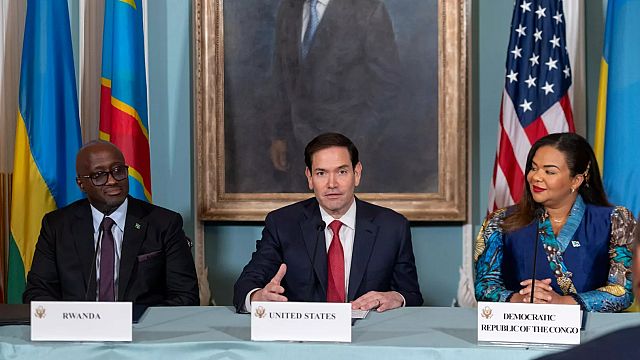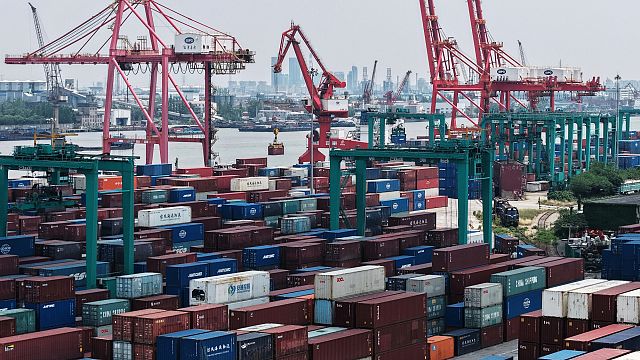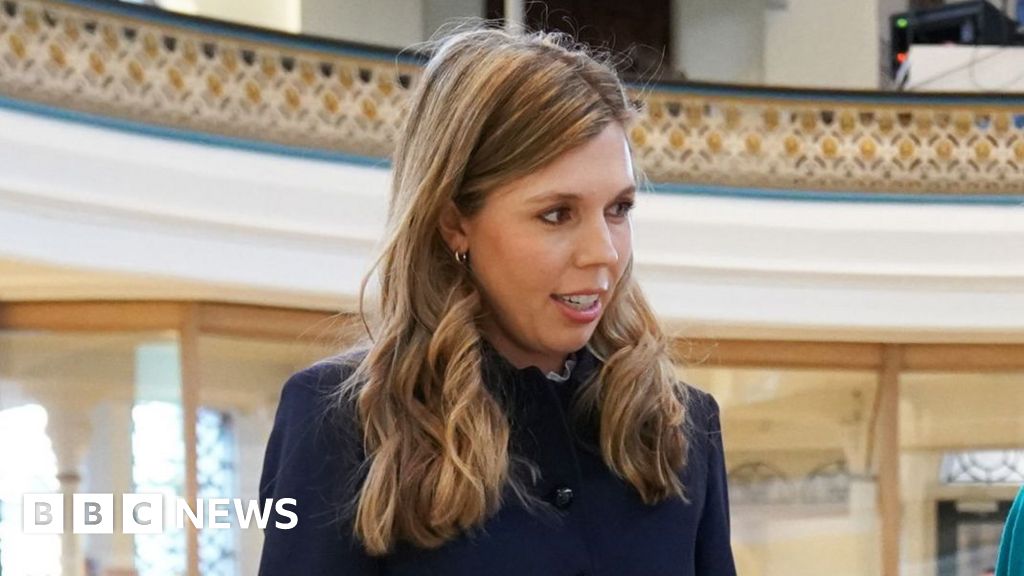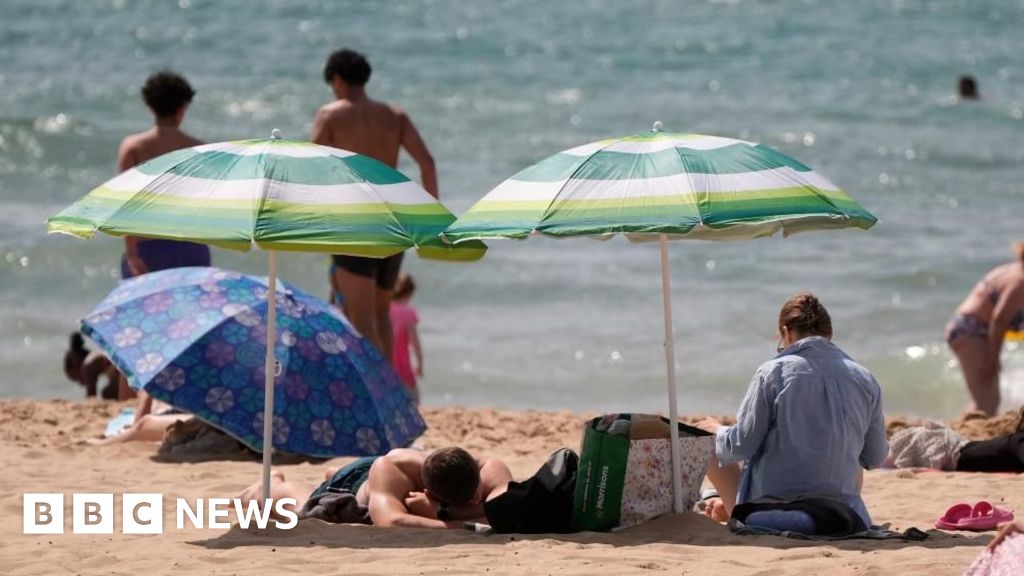A Triumphant Supreme Court Term for Trump, Fueled by Emergency Rulings


The Supreme Court term that ended on Friday included an extraordinary run of victories for President Trump, culminating in a 6-to-3 ruling largely eliminating the main tool that his opponents have used to thwart his aggressive agenda.
In that case and others, the justices used truncated procedures on their emergency docket to issue decisions that gave Mr. Trump some or all of what he had asked for in cases dealing with immigration, transgender troops and the independence of government agencies.
The emergency rulings in Mr. Trump’s favor were theoretically temporary and provisional. In practice, they allowed the president to pursue his policies indefinitely and sometimes irreversibly.
In the first 20 weeks of Mr. Trump’s second term, his administration filed 19 emergency applications asking the justices to pause lower court losses while lawsuits continued. That is the total number of such applications the Biden administration filed over four years, and far more than the eight applications filed over the 16 years of the George W. Bush and Barack Obama presidencies.
The spike was a result of challenges to the blitz of executive orders issued by the administration since Mr. Trump took office. The upshot was a winning streak delivered by a court he remade in his first term, appointing three of the six conservative justices.
Many of the emergency decisions were based on rushed and cursory briefs, and came after the court did without oral arguments. They were usually delivered in orders containing scant or no reasoning.
Friday’s decision, which limited the availability of nationwide injunctions — rulings that bind not only the parties to the case but also everyone else affected by the challenged executive order — was an exception. It followed a special oral argument held by the court in May and yielded more than 100 pages of opinions. But it was the also the most important case on the emergency docket this term, as it did more than pause rulings from lower courts finding Trump administration measures unlawful. It made it much harder for lower courts to thwart such measures at all.
Rulings on emergency applications are seldom signed. While public dissents are common, it is possible that not all dissenting votes are disclosed, adding to the procedure’s lack of transparency.
But on the available evidence, six of the nine emergency orders involving the Trump administration since May were decided by 6-to-3 votes, with the court’s Republican appointees in the majority and the three Democratic ones in dissent.
Over the years, emergency applications were most commonly filed by death row inmates seeking stays of execution. These days, such stay applications almost never succeed.
Even excluding applications in capital cases, Mr. Trump’s success rate on the emergency docket has been notable. He has won almost three times as often as other applicants seeking emergency relief, said Lee Epstein, a law professor and political scientist at Washington University in St. Louis.
The court’s merits docket — made up of cases that arose in the normal way and mostly had little to do with Mr. Trump’s second-term agenda — told a different story, one less marked by stark ideological divisions.
In cases decided with signed majority opinions after full briefing, oral arguments and sober consideration, the court delivered 10 6-to-3 decisions out of 56, and just six of those split with the three liberal justices in dissent. In the term that ended last July, by contrast, there were 20 decisions decided by 6-to-3 votes.
But conservative commentators nonetheless expressed satisfaction with the biggest rulings and with the court’s direction.
“From the perspective of legal conservatives, the Supreme Court today finished off one of its four best terms since the 1930s,” Ed Whelan wrote in National Review’s Bench Memos blog. “The other three terms in the top four were last year, the year before and the year before that.”
Among the merits decisions welcomed by conservatives was one dealing a sharp blow to transgender rights, striking down a Tennessee law banning some forms of transition care for transgender youths and imperiling similar laws in more than 20 other states.
A second ruling allowed parents with religious objections to pull their children out of public school classes in which L.G.B.T.Q.-themed storybooks were discussed. That decision continued a trend in which the court has ruled for religious people at the expense of values like gay and transgender rights.
Both of those cases were decided by 6-to-3 votes along ideological lines.
But in a number of key cases, the court managed to produce unanimous decisions, even if the justices differed on the rationale.
All of the justices agreed, for instance, that a Catholic charity in Wisconsin was entitled to a tax exemption that had been denied by a state court because its activities were not primarily religious. They were united, too, in ruling that the Mexican government could not sue U.S. gun manufacturers in an attempt to hold them responsible for drug cartel violence.
The justices all agreed, too, that members of majority groups cannot be required to meet a heightened burden to prove workplace discrimination under a federal civil rights law.
In what could have been a blockbuster ruling endorsing religious charter schools, the court split 4-to-4 and let stand a lower court’s ruling going the other way. Justice Amy Coney Barrett recused herself from the case. Had the court ruled that the First Amendment permits — or even requires — states to sponsor such schools, which are public schools with substantial autonomy, the wall separating church and state would have sustained a significant blow.
The court issued only 56 decisions in argued cases resolved with signed opinions, around the number it has issued since the term that ended in 2020 in the midst of the pandemic. Those numbers are the smallest since at least the 1930s, according to data compiled and analyzed by Professor Epstein and Andrew D. Martin, both of Washington University in St. Louis, and Michael J. Nelson of Penn State.
But that trend has been accompanied by a rise in the number of cases decided on the emergency docket, which has profoundly changed the work and nature of the court, which does not produce its best work under intense time pressure. The unending stream of applications has also disrupted the rhythms of the lives of the justices, who are now never out of session.
Before the rise of the emergency docket, the Supreme Court term lasted from the first Monday in October until around the end of June. Chief Justice John G. Roberts Jr., when he was a White House lawyer, was tartly dismissive of the court’s long break.
“Only Supreme Court justices and schoolchildren,” he wrote in 1983, “are expected to and do take the entire summer off.”
Four decades later, he seems to have gotten his wish for more summer work. Indeed, the aftershocks of Friday’s decision on nationwide injunctions will reverberate through the court’s summer break, as challenges to the Trump administration’s agenda, whether in individual suits or class actions, now make their way to the court.
A decision in a typical argued case is the product of great care and long deliberation. In recent terms, the median time from when a party first sought Supreme Court review to when the justices ruled was more than a year.
Such cases feature two sets of briefs, often including scores of friend-of-the-court filings. After that, the justices hear oral arguments, discuss the case at their private conference and exchange draft opinions, often including concurrences and dissents. When they announce their decisions from the bench, there can be little question that the dispute had received full consideration.
Emergency applications are another matter. Excluding death penalty cases, the median time between the first filing and the court’s decision is about three weeks.
The court’s emergency docket has included major decisions affecting hundreds of thousands of immigrants, many of them from countries facing war and political turmoil.
In emergency orders, the court allowed the administration to lift protections for nearly 350,000 Venezuelan immigrants who had been shielded from deportation under a program known as Temporary Protected Status, and to end a humanitarian program that offered temporary residence for more than 500,000 noncitizens from Cuba, Haiti, Nicaragua and Venezuela.
At the same time, the court has occasionally pushed back against the administration to call for due process protections for some migrants, including by ordering the administration to “facilitate” the return of a migrant wrongly deported to El Salvador.
In merits cases, the members of the court most apt to be in the majority in divided cases were Chief Justice Roberts and Justices Brett M. Kavanaugh and Barrett, in that order. But Justice Elena Kagan, a liberal, was in fourth place.
“It turns out that this isn’t the 6–3, conservatives-always-win court many expected,” Professor Epstein said. “This is the Roberts–Barrett–Kavanaugh court — conservative justices who usually push the court to the right but not always.”
Justice Kavanaugh’s overall record remains secure. Since he joined the court, he has been in the majority 89 percent of the time, a higher rate than any justice since at least 1953.
But Justice Barrett, at 84 percent, is tied for second with Justice Anthony M. Kennedy, who retired in 2018 and was succeeded by Justice Kavanaugh.
The term saw gaps emerging in some alliances, including a 15-point drop in agreement between Justices Clarence Thomas and Neil M. Gorsuch, both conservatives, from the last term to this one, along with a 13-point drop between Justices Kagan and Sonia Sotomayor, the liberal allies.
Those were the two steepest declines. Both of the sharpest increases involved agreements between Justice Kagan and conservative justices: up 22 points with Justice Alito and up 29 points with Justice Thomas.
By another measure, Justice Barrett distinguished herself from Justice Gorsuch, a fellow Trump appointee. She was the member of the court most likely to vote for the government, he the least.
The justices are not set to return to the Supreme Court bench for more than three months. But their work is not done.
Three major requests for emergency relief from the Trump administration — about efforts to lay off thousands of federal workers and plans to deport eight immigrants to South Sudan — remained pending as of Friday night, awaiting rulings from the court.
What's Your Reaction?
 Like
0
Like
0
 Dislike
0
Dislike
0
 Love
0
Love
0
 Funny
0
Funny
0
 Angry
0
Angry
0
 Sad
0
Sad
0
 Wow
0
Wow
0









































